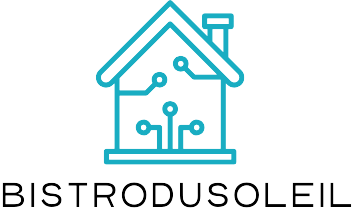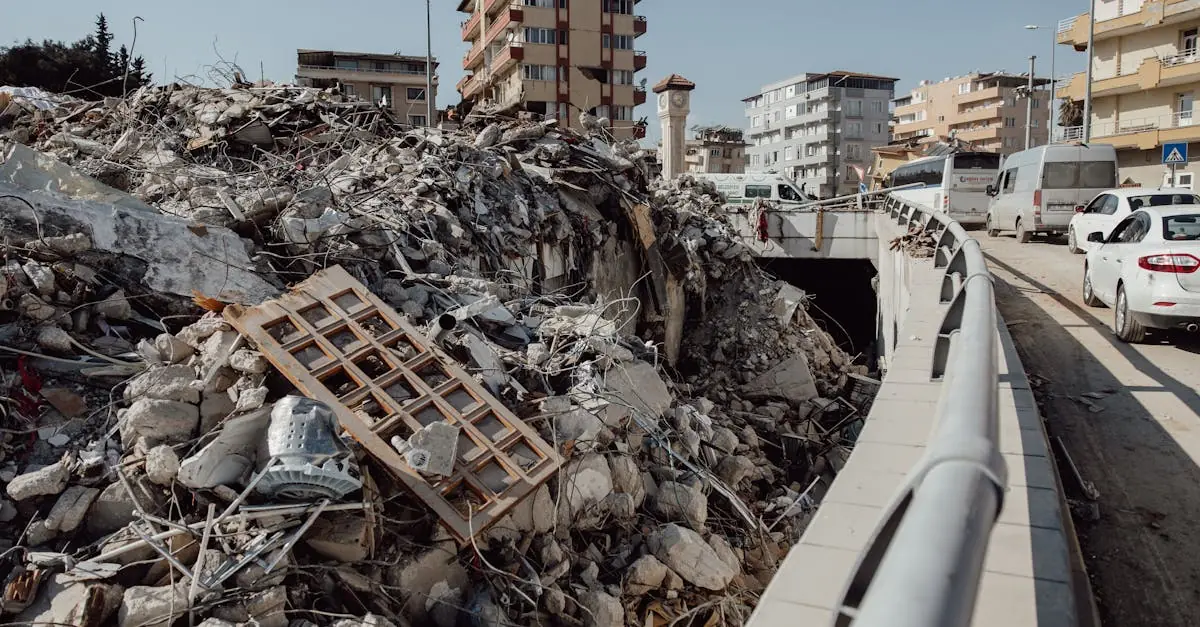Table of Contents
ToggleWhen disaster strikes, the last thing anyone wants to worry about is losing their home. Enter the FHA disaster relief mortgage—a lifeline for those caught in the storm’s aftermath. This program isn’t just a safety net; it’s like having a superhero swoop in to save the day, complete with a cape made of low-interest rates.
Imagine being able to rebuild your life without the crushing weight of financial stress. With the FHA disaster relief mortgage, homeowners can access affordable financing options designed specifically for those affected by natural disasters. It’s like getting a second chance, but with fewer awkward conversations and more opportunities to create the home of your dreams. So buckle up and get ready to explore how this program can help turn chaos into comfort.
Overview of FHA Disaster Relief Mortgage
The FHA disaster relief mortgage provides essential assistance to homeowners facing challenges after natural disasters. This program offers flexible financing options, making it easier to manage recovery expenses.
Eligible individuals may apply for this mortgage if they reside in federally declared disaster areas. Lower interest rates contribute to more affordable payments, reducing financial strain during recovery.
Homeowners can use the funds for repairs, rebuilding, or purchasing new homes. The application process remains straightforward, designed to facilitate quick access to financial aid.
Furthermore, the FHA disaster relief mortgage permits individuals to finance up to 96.5% of the home’s value. This allows for a significant portion of recovery costs to be covered.
Additionally, no minimum credit score exists for applicants, which broadens access for those with varying credit histories. The program emphasizes empowerment, enabling individuals to regain control of their living situations post-disaster.
The FHA disaster relief mortgage serves as a vital resource for homes affected by catastrophe. Through its various features, the program supports rebuilding efforts and sparks revitalization in affected communities.
Eligibility Criteria
FHA disaster relief mortgages come with specific eligibility requirements designed to assist those impacted by disasters. Understanding these criteria ensures applicants have the necessary information to access this vital support.
Homeowner Requirements
Homeowners must reside in a federally declared disaster area to qualify. An applicant’s income, employment stability, and ability to demonstrate financial responsibility are all evaluated. No minimum credit score exists, allowing broader access for individuals with diverse credit backgrounds. They must show proof of residence and ownership of the damaged property. Previous FHA loan users can also apply for this relief program, demonstrating inclusivity for various homeowners.
Property Requirements
The property must be located within a designated disaster zone to be eligible. It must also meet FHA safety and habitability standards post-repair. Properties that underwent significant damage must show how this assistance will facilitate essential repairs or rebuilding. Financing covers primary residences, ensuring families can return to a secure living environment. The program supports various property types, including single-family homes and multi-unit dwellings, expanding the options for affected homeowners.
Application Process
The application process for the FHA disaster relief mortgage is straightforward, ensuring timely support for homeowners in distress. Following a specific set of guidelines simplifies access to this vital resource.
Documentation Needed
Homeowners must gather essential documents before applying. Proof of residence, acceptance into a federally designated disaster area, and ownership of the damaged property are crucial. Additional documentation includes income verification such as pay stubs or tax returns. Proof of prior FHA loan use can also enhance the application. Meeting these requirements accelerates processing, allowing for swift financial assistance.
Steps to Apply
Initiating the application involves a few key steps. First, homeowners must assess eligibility by confirming residence in a designated disaster zone. Next, they should collect required documentation for submission. After that, the applicant completes the application form, which is available through approved lenders or online platforms. Submitting application materials follows, leading to an evaluation by the lending institution. Reviewing the mortgage terms and conditions is vital before acceptance, ensuring that the homeowner understands the financial commitment.
Benefits of FHA Disaster Relief Mortgage
The FHA disaster relief mortgage offers critical advantages for homeowners recovering from natural disasters. Key benefits include financial assistance and lower interest rates.
Financial Assistance
FHA disaster relief mortgages provide up to 96.5% financing of a home’s value. Homeowners can utilize these funds for necessary repairs, rebuilding, or purchasing a new home. The program enables quick access to financial aid, crucial in times of distress. Homeowners in federally declared disaster areas can apply, ensuring timely support. Eligibility is broad, catering to various financial circumstances without imposing a minimum credit score requirement.
Lower Interest Rates
Lower interest rates are another primary benefit of FHA disaster relief mortgages. The program ensures competitive rates, reducing the overall cost of borrowing for homeowners. Lower monthly payments ease financial burdens, allowing individuals to allocate funds for other essential needs. This affordability encourages more homeowners to access necessary funds. By fostering financial stability, the program aids in community revitalization post-disaster.
Limitations and Considerations
While the FHA disaster relief mortgage provides essential support, several limitations exist. Each homeowner’s financial situation influences eligibility for the program. Higher debt-to-income ratios can affect borrowing capacity, making financial assessment crucial. Interest rates, although competitive, may not always match the lowest available options on the market.
Potential Drawbacks
FHA disaster relief mortgages come with specific drawbacks. First, the program’s reliance on federally declared disaster areas may limit its availability. Homeowners seeking funds without a declared disaster won’t qualify. Second, properties must meet strict FHA safety and habitability standards, which could delay financing. Additionally, the process can take longer than anticipated, impacting urgent repair needs. Homeowners may experience restrictions based on previous FHA loan usage, which could affect their options for refinancing. Lastly, mortgage insurance premiums add an ongoing cost, potentially stretching budgets.
Alternative Options
Homeowners can explore various alternative financing options. Conventional loans often offer competitive rates without the stipulations of an FHA program. Personal loans can provide quick access to cash for urgent repairs, albeit at higher interest rates. A home equity line of credit allows homeowners to tap into existing equity for funding flexibility. Furthermore, state and local disaster relief programs might offer additional resources tailored to specific community needs. Nonprofit organizations may also provide grants or low-interest loans for rebuilding efforts, presenting alternative financing pathways for affected individuals.
The FHA disaster relief mortgage stands out as a vital lifeline for homeowners navigating the aftermath of natural disasters. With its flexible financing options and lower interest rates, it empowers individuals to rebuild their lives and restore their homes.
While the program has its limitations, the benefits it offers can significantly ease the financial burden during challenging times. Homeowners should carefully evaluate their eligibility and consider the application process to ensure they receive timely support.
Ultimately, the FHA disaster relief mortgage not only aids in personal recovery but also plays a crucial role in revitalizing communities affected by catastrophe.




